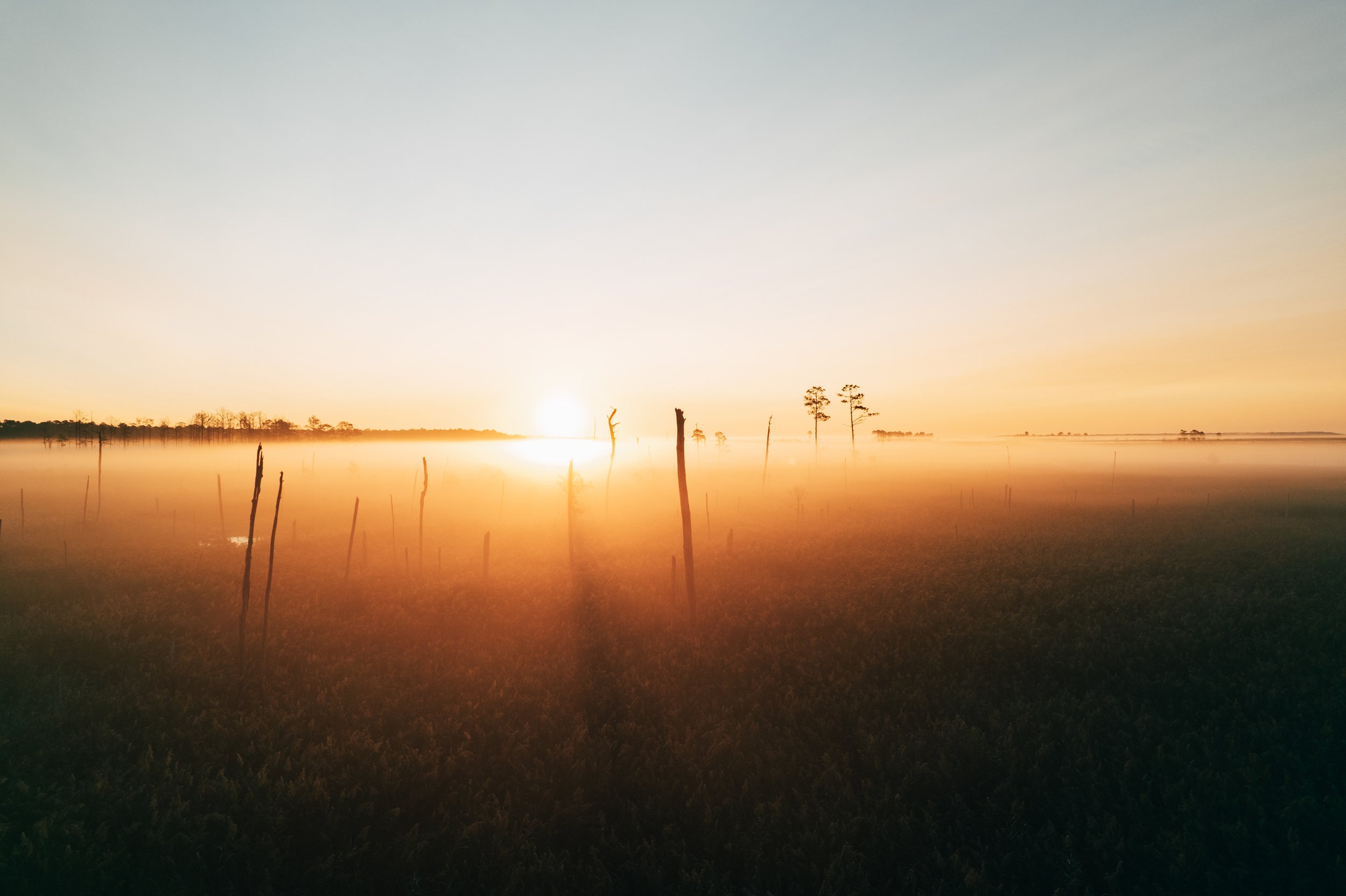
Ghost Forests are areas of dead or dying trees, standing in or near brackish water. Many of the vast Loblolly Pine forests of the eastern shore have died off and are slowly turning into wetlands, as we can see here the remnants of trees in what is now a marsh at Blackwater National Wildlife Refuge.
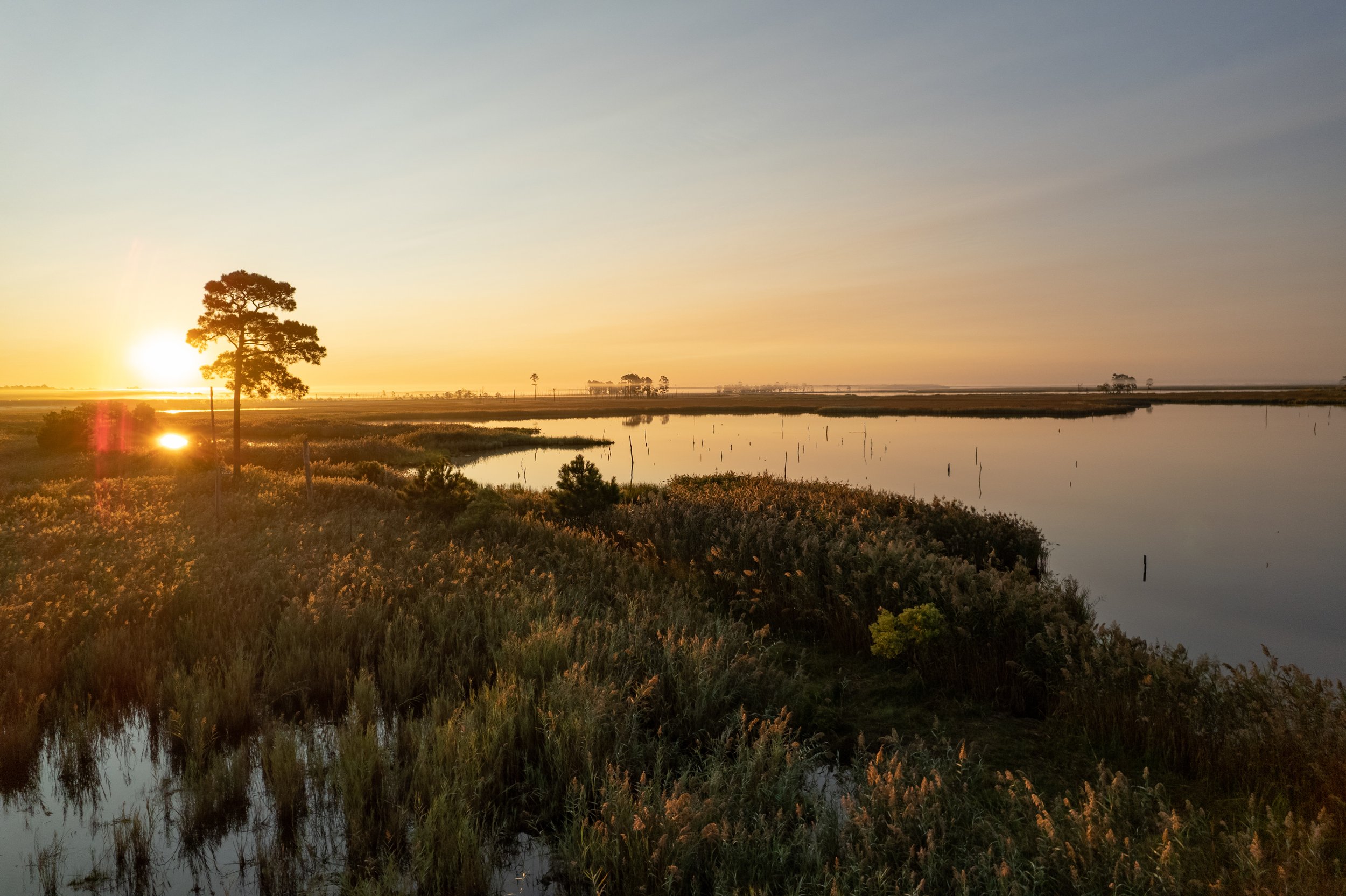

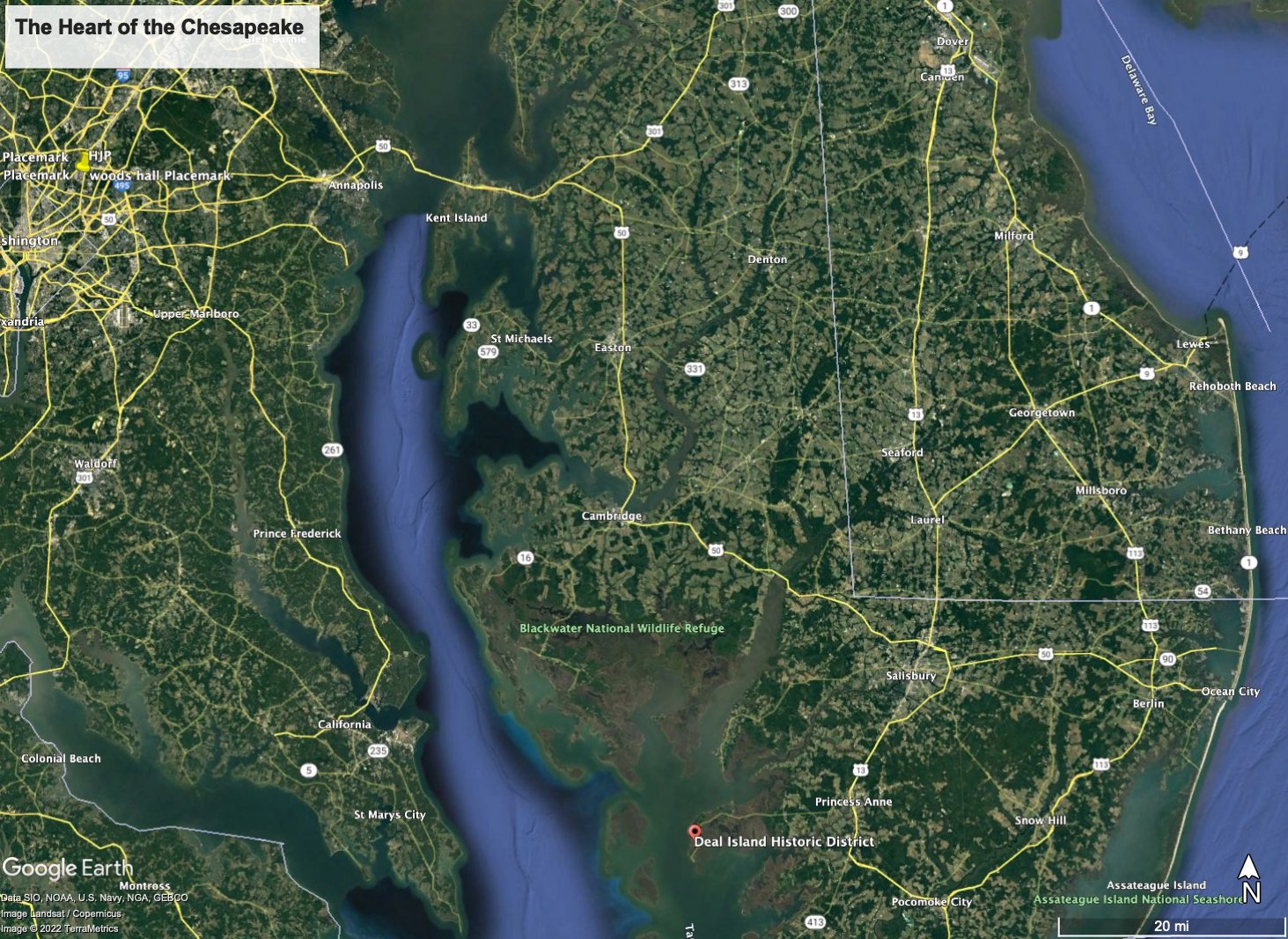
The penisulas that jut out into the Chesapeake bay are colloquially known as the “Necks” of the Eastern Shore and it is these communities that are most vulnerable to sea-level rise and saltwater intrusion. Many of the communities here have been in decline for years and abandoned structures are seen everywhere. In some parts, local governments have had to release their jurisdiction over the roads due to excessive flooding.
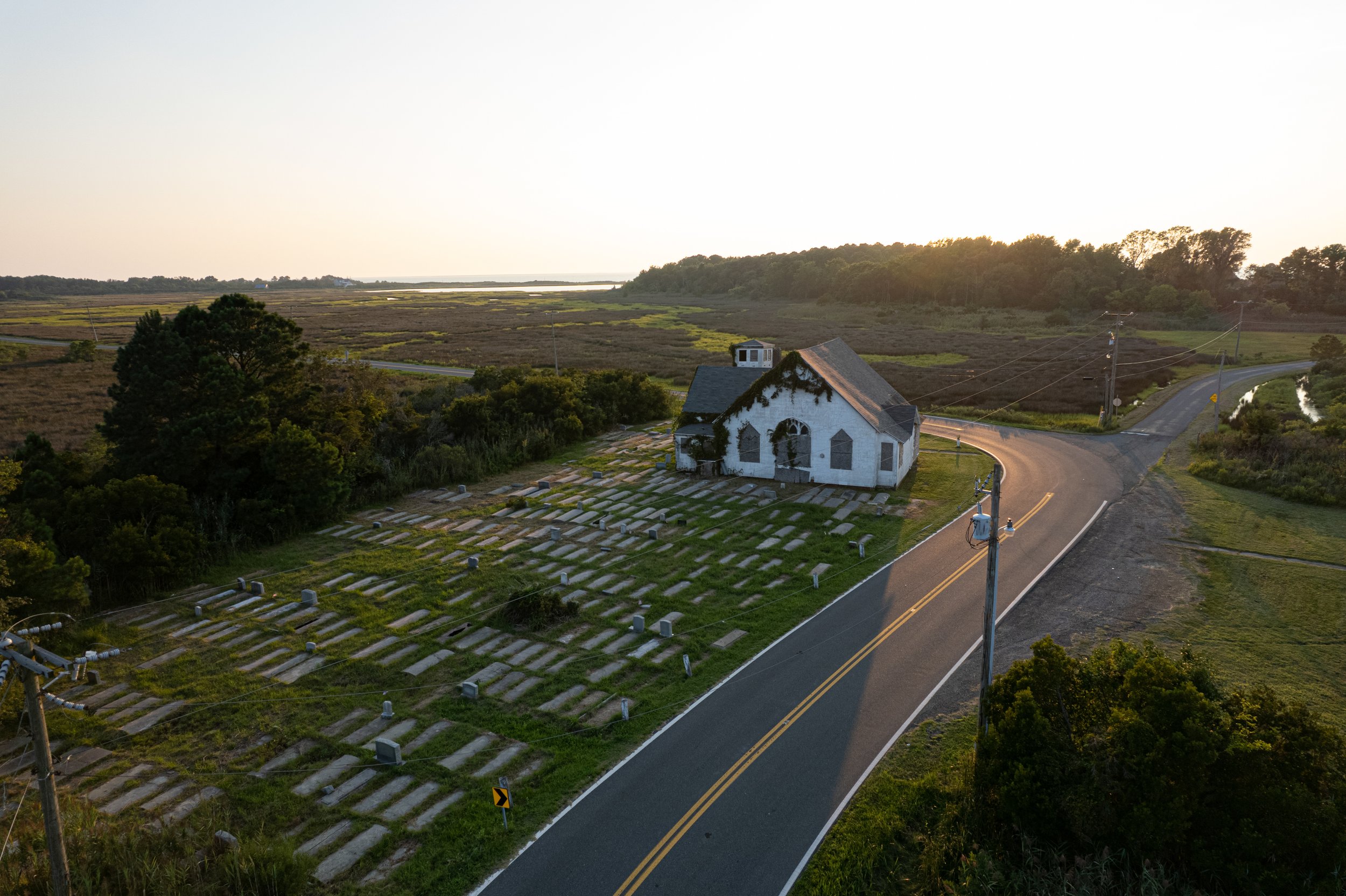
Deal Island, Maryland is an iconic community in Dorchester County known for its seafood and waterman culture, however the population has been in decline here and in similar communities due to lack of opportunity for young people and rapid changes in the environment. Here, we see one of the most striking examples of blight on the eastern shore; an abandoned church. The graves are covered in cement to prevent the bodies from rising up through the soil when flooding occurs.
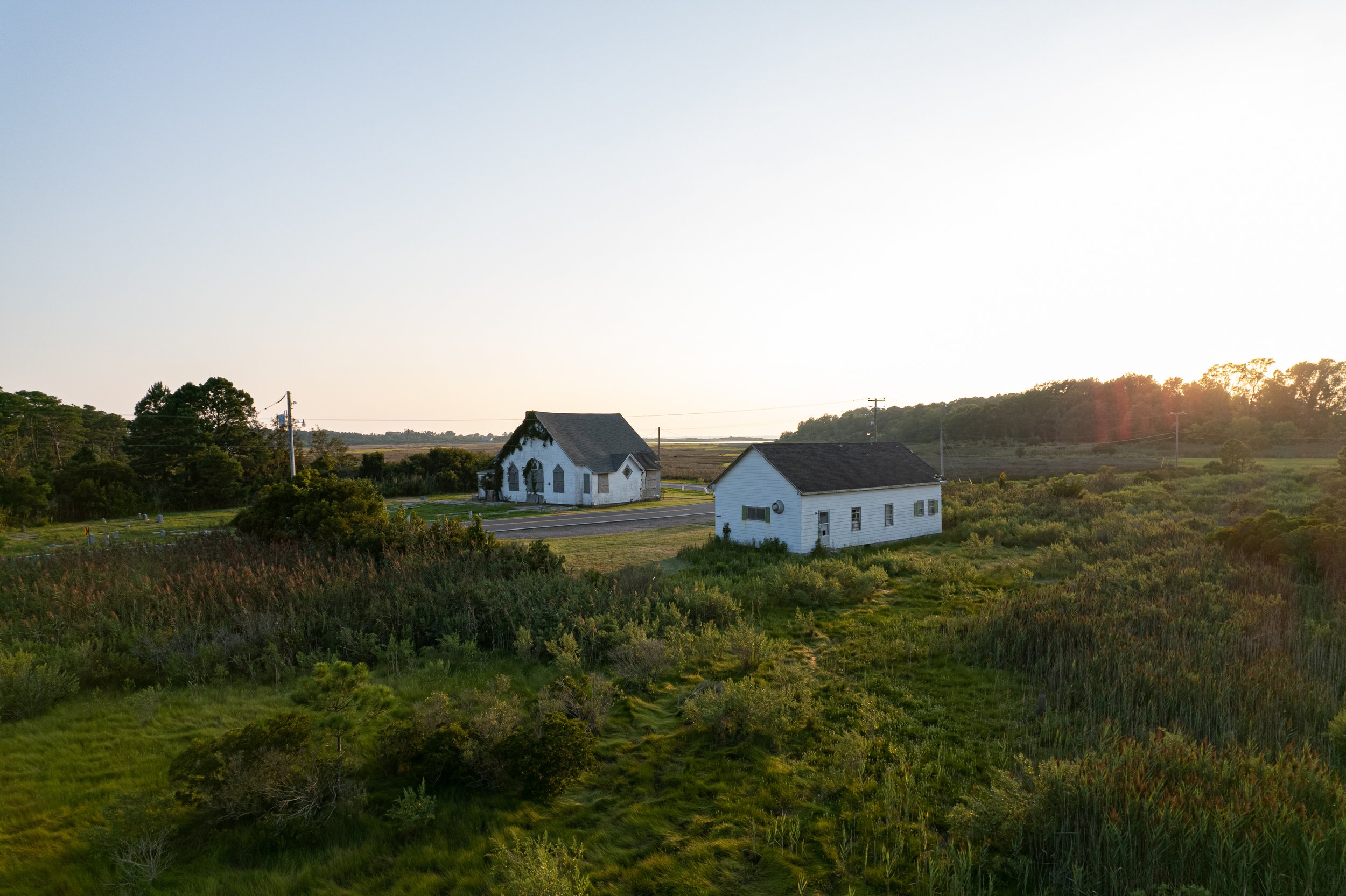


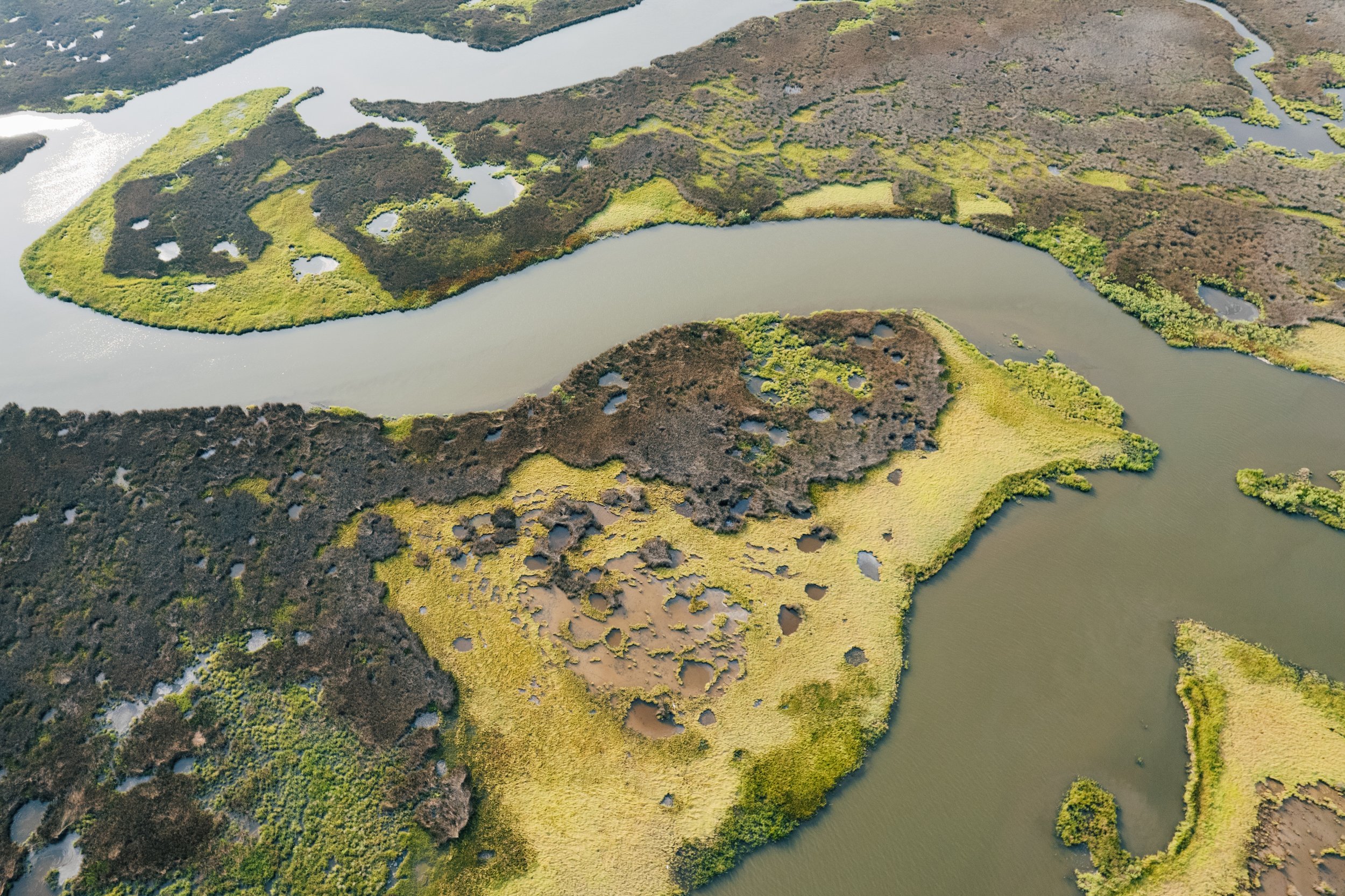
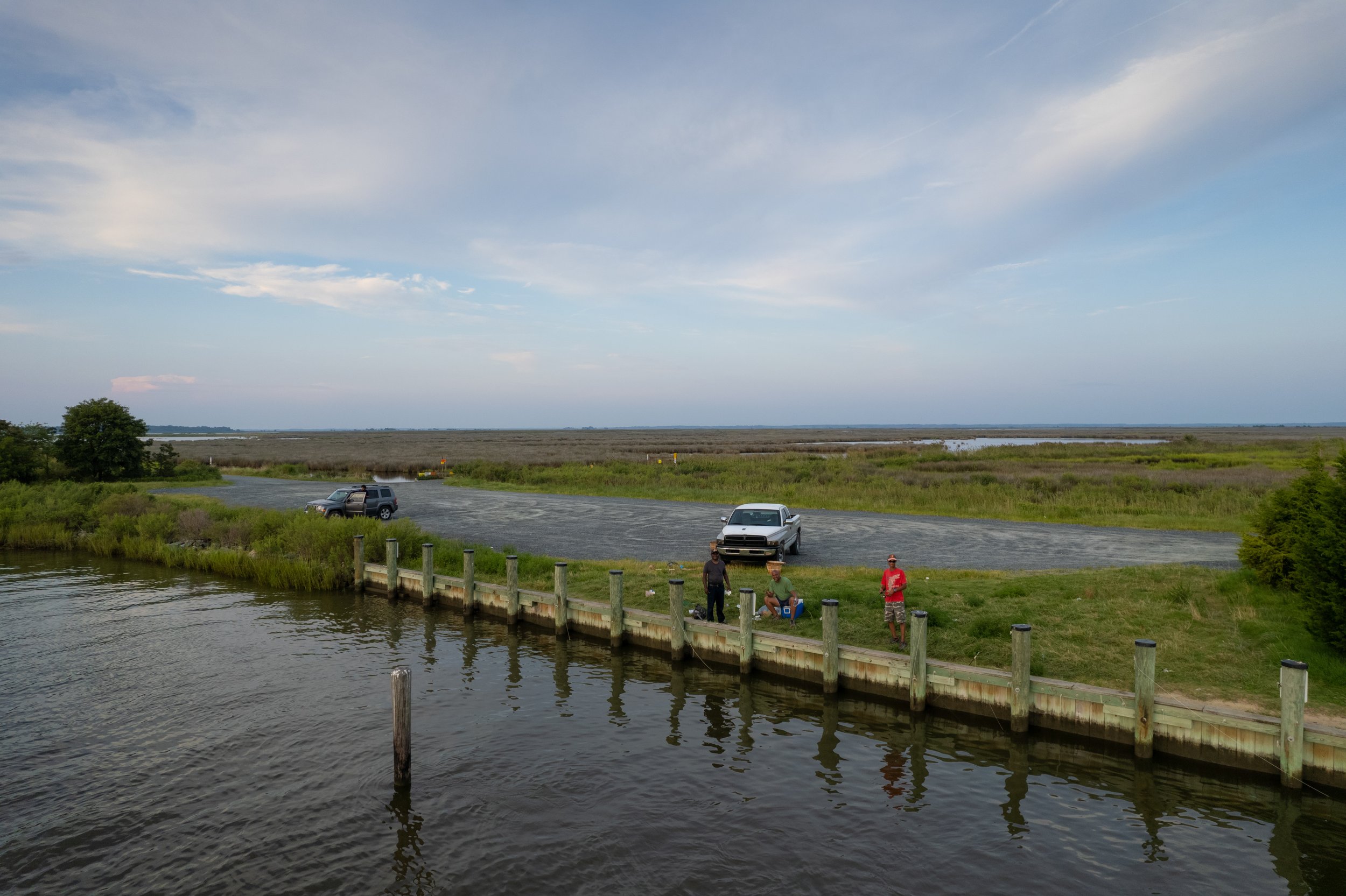
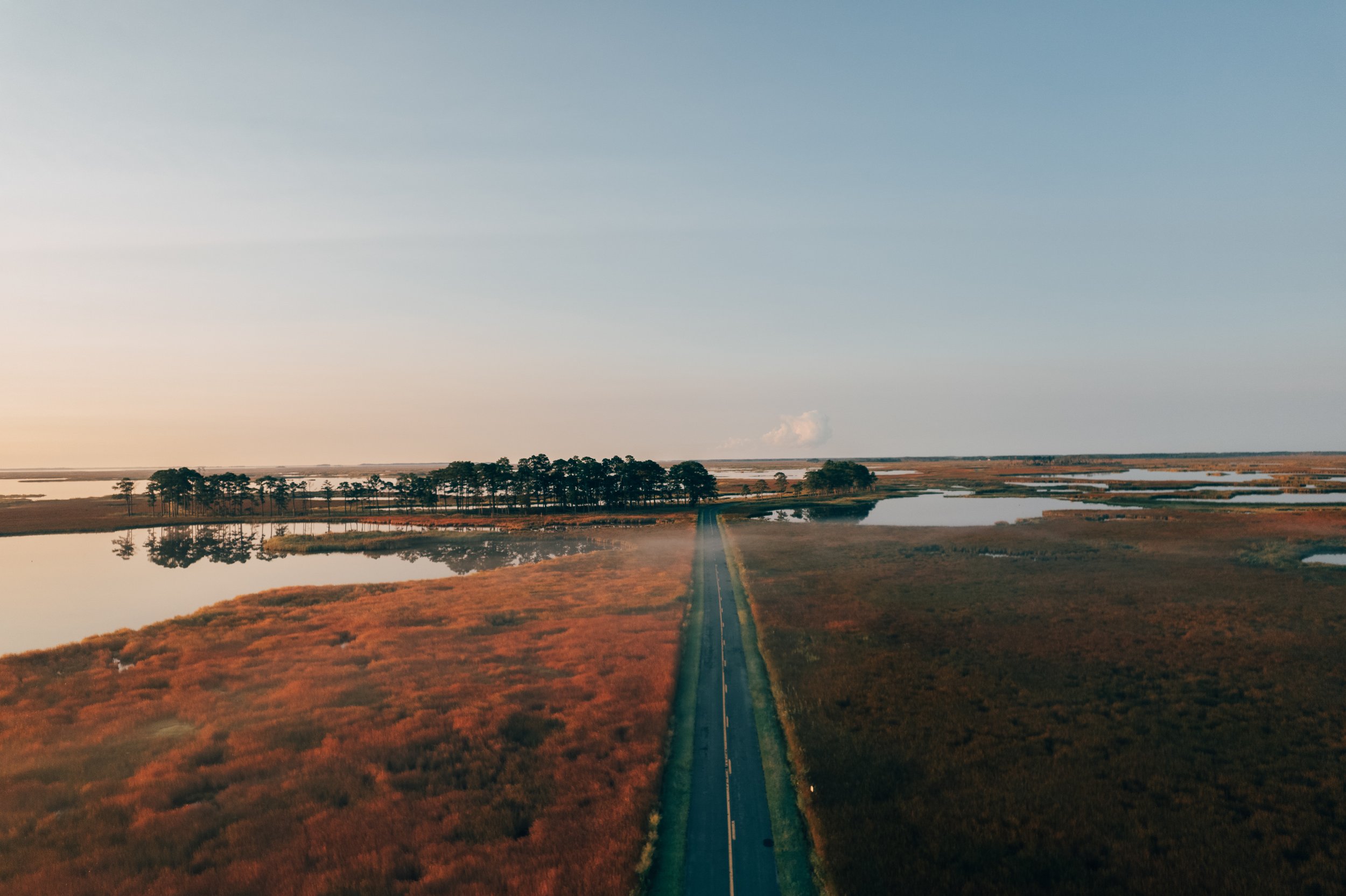
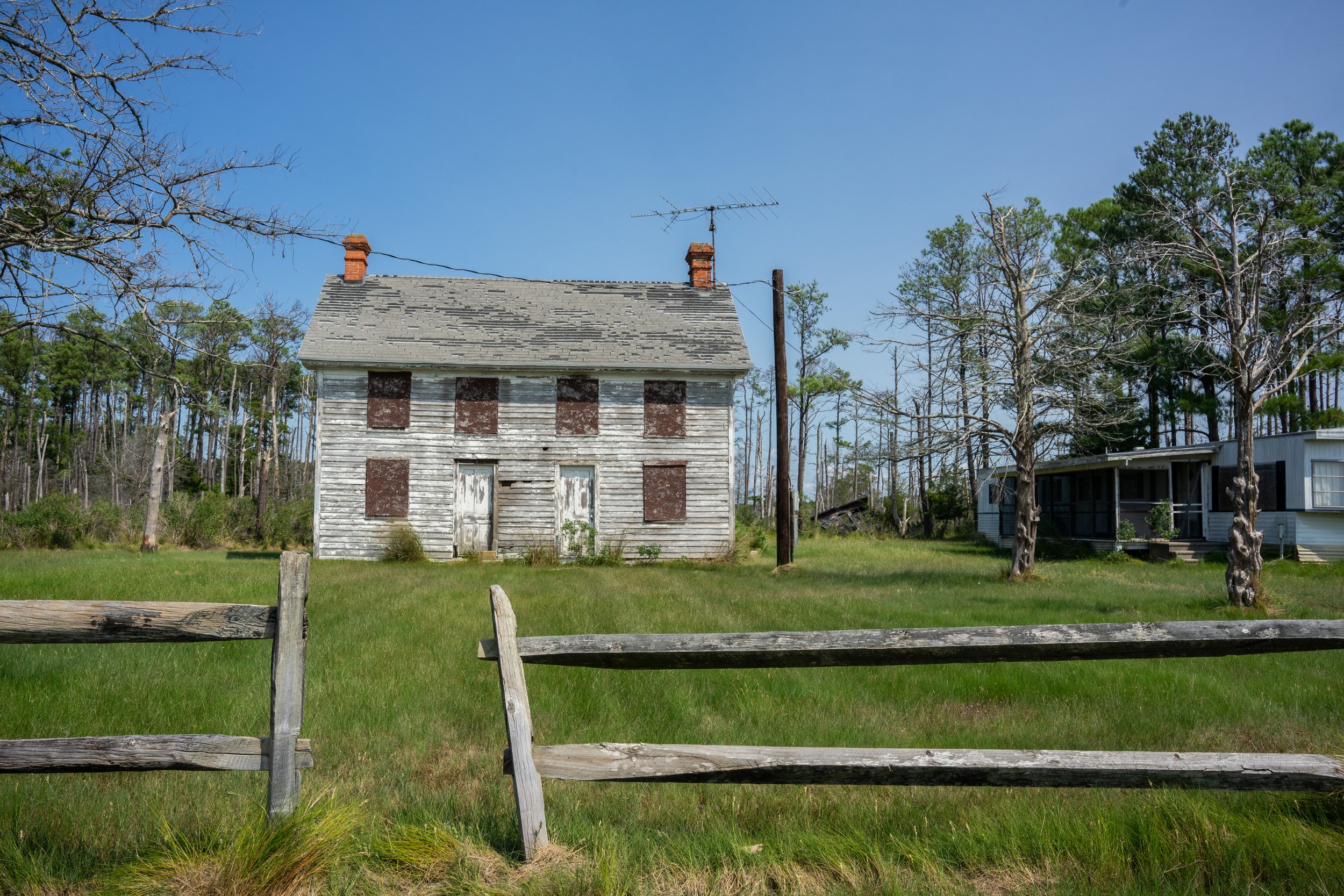

Here we see the clear transition from lush forest, to ghost forest, to marsh, and the abandon that results from this rapid change, all in one photo.

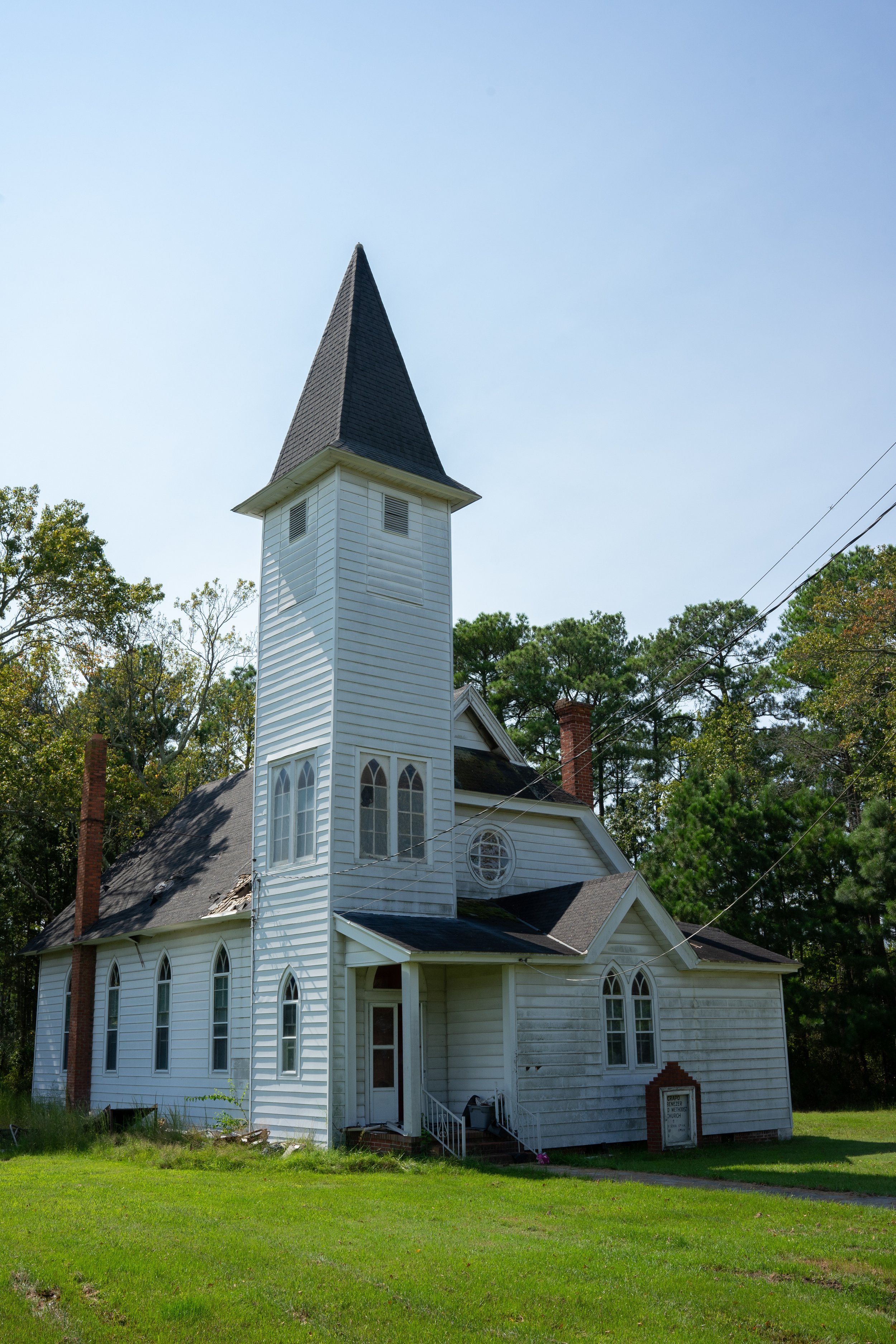
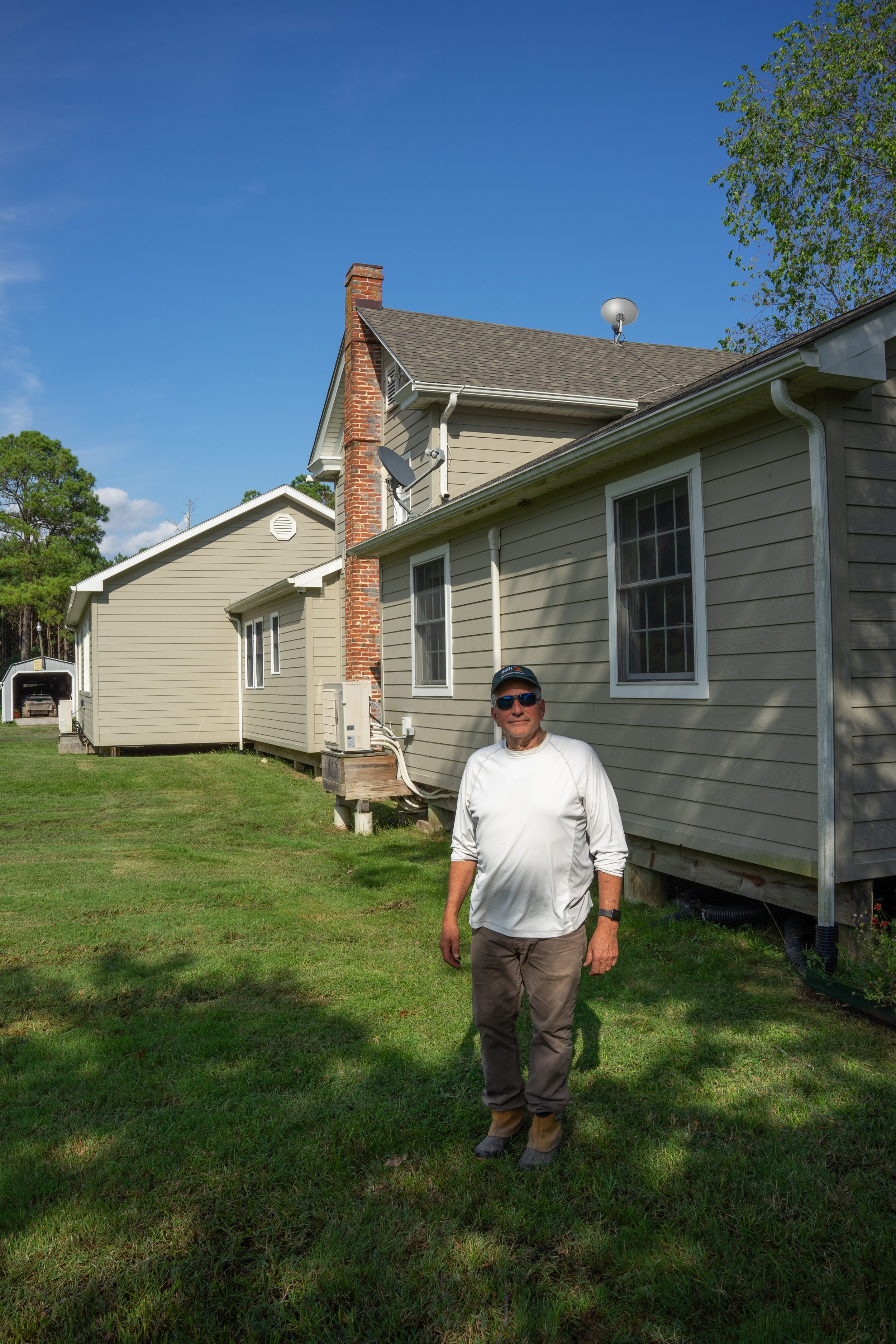
Mike Calders is a third generation Loblolly Pine farmer. In his 60’s, he has witnessed more than two-thirds of his land transition from healthy forest to marshes and dead forests as saltwater intrusion moves forward each year.
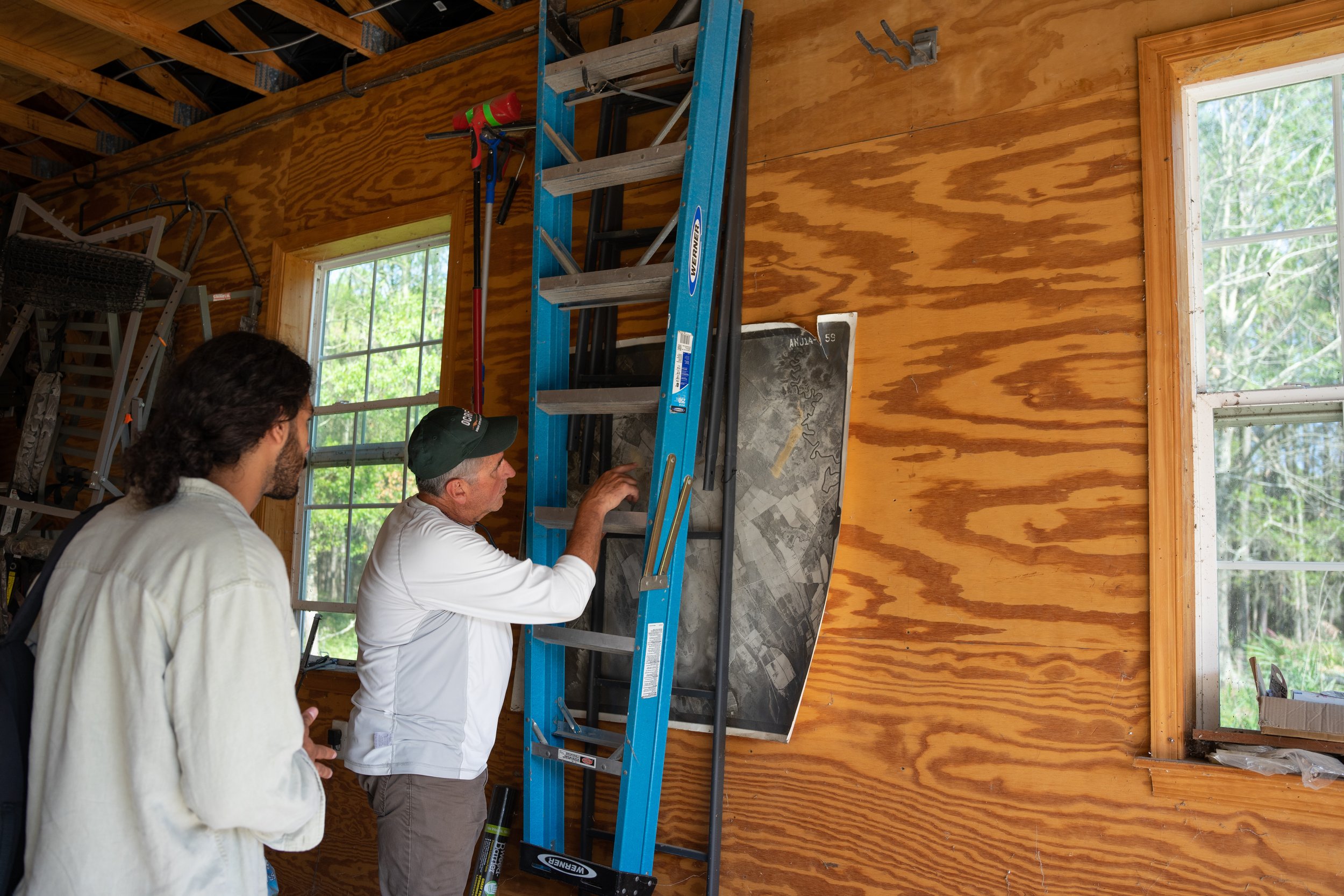
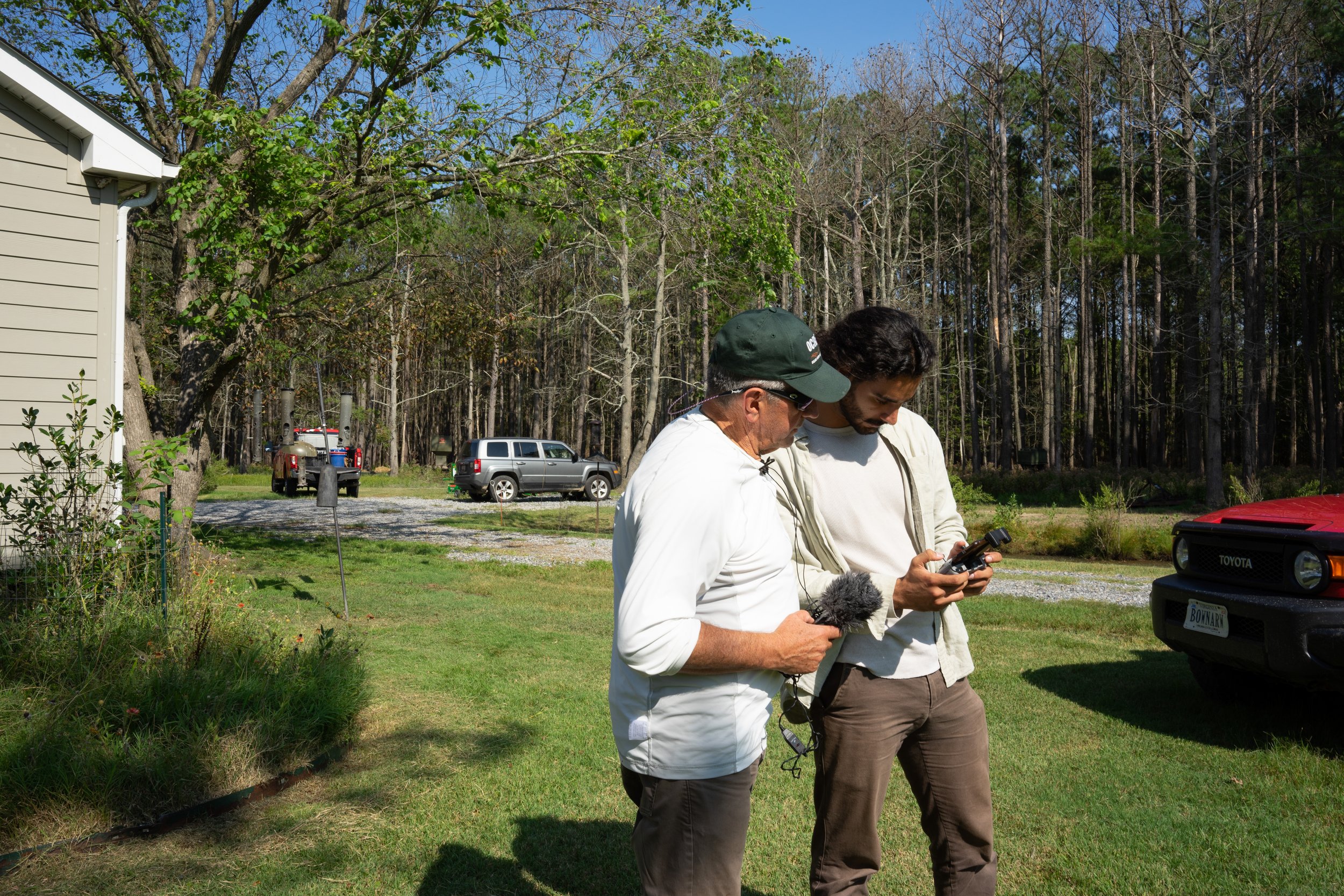
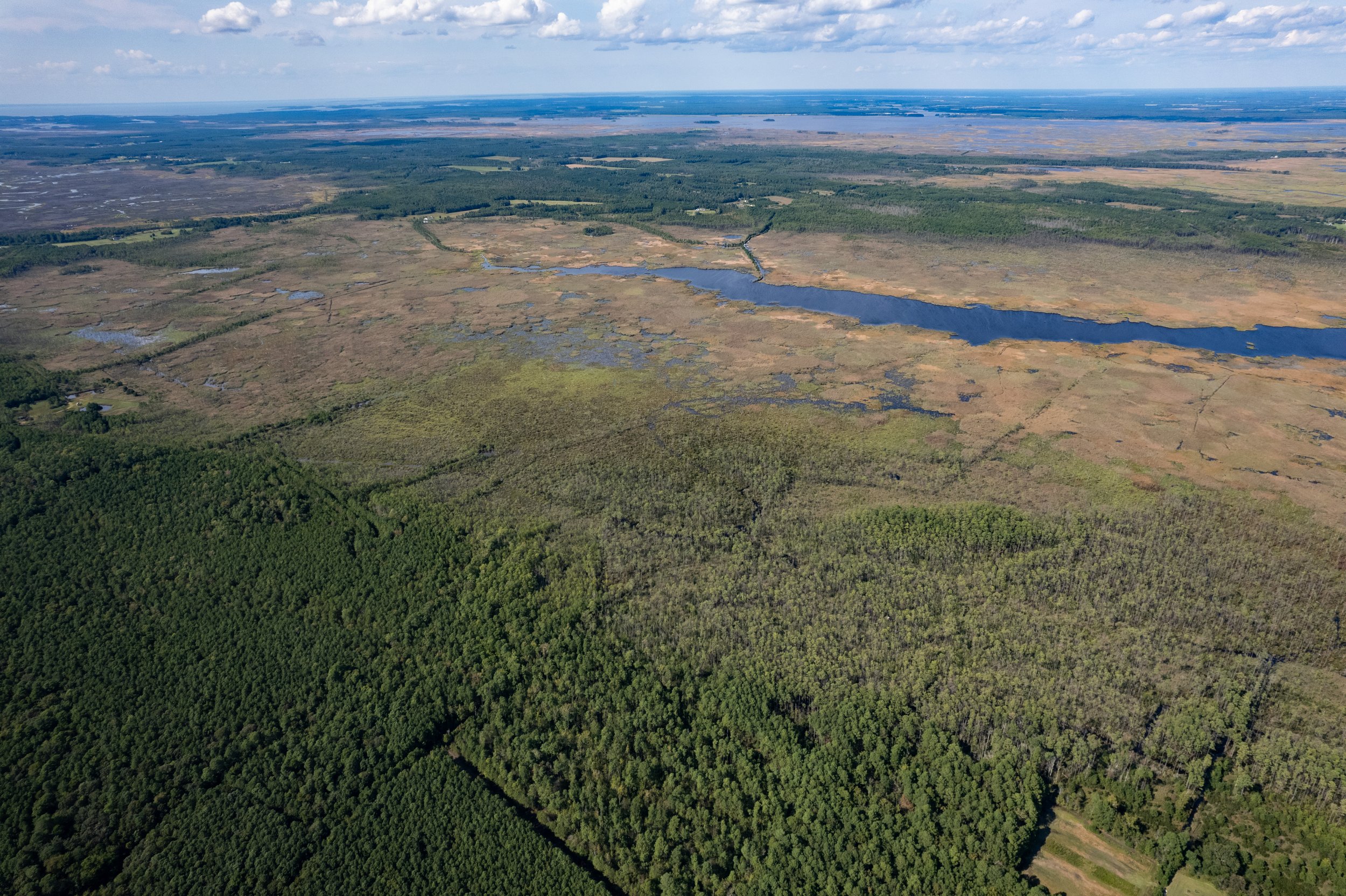
Again, we see a gradient of healthy forests to marsh. This rapid change not only threatens agriculture on the Eastern Shore but also puts into question the very existence of these communities who have been here for decades.
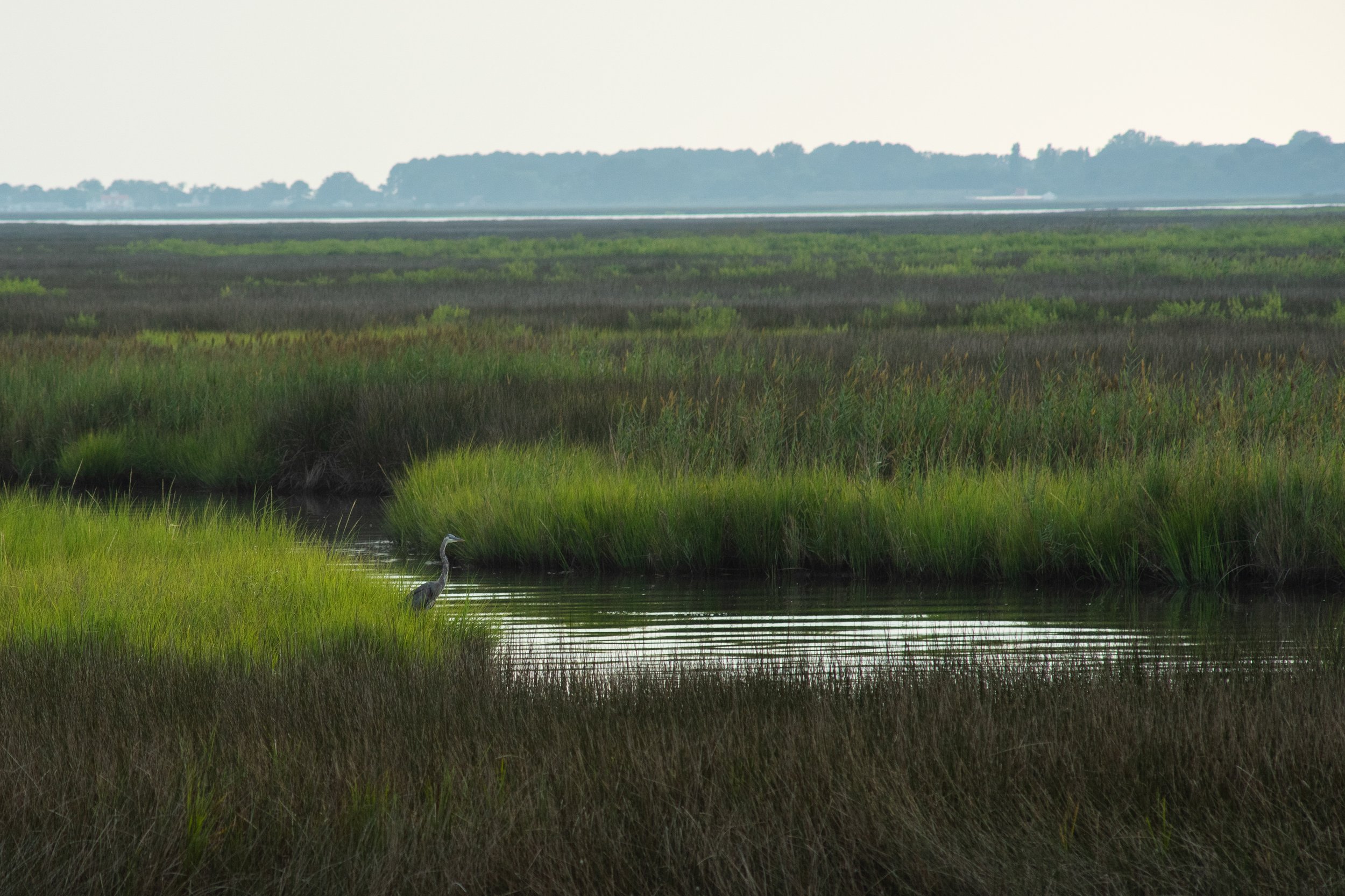
The Eastern Shore should serve as a reminder of what the future will hold for the rest of the country as industries begin to fail and communities are forced to migrate. The consequences of climate change should no longer be something talked about in the future tense, because as we have seen they are very real and very present, with entire communities and industries dying right in front of our eyes.




















Ghost Forests are areas of dead or dying trees, standing in or near brackish water. Many of the vast Loblolly Pine forests of the eastern shore have died off and are slowly turning into wetlands, as we can see here the remnants of trees in what is now a marsh at Blackwater National Wildlife Refuge.
The penisulas that jut out into the Chesapeake bay are colloquially known as the “Necks” of the Eastern Shore and it is these communities that are most vulnerable to sea-level rise and saltwater intrusion. Many of the communities here have been in decline for years and abandoned structures are seen everywhere. In some parts, local governments have had to release their jurisdiction over the roads due to excessive flooding.
Deal Island, Maryland is an iconic community in Dorchester County known for its seafood and waterman culture, however the population has been in decline here and in similar communities due to lack of opportunity for young people and rapid changes in the environment. Here, we see one of the most striking examples of blight on the eastern shore; an abandoned church. The graves are covered in cement to prevent the bodies from rising up through the soil when flooding occurs.
Here we see the clear transition from lush forest, to ghost forest, to marsh, and the abandon that results from this rapid change, all in one photo.
Mike Calders is a third generation Loblolly Pine farmer. In his 60’s, he has witnessed more than two-thirds of his land transition from healthy forest to marshes and dead forests as saltwater intrusion moves forward each year.
Again, we see a gradient of healthy forests to marsh. This rapid change not only threatens agriculture on the Eastern Shore but also puts into question the very existence of these communities who have been here for decades.
The Eastern Shore should serve as a reminder of what the future will hold for the rest of the country as industries begin to fail and communities are forced to migrate. The consequences of climate change should no longer be something talked about in the future tense, because as we have seen they are very real and very present, with entire communities and industries dying right in front of our eyes.
